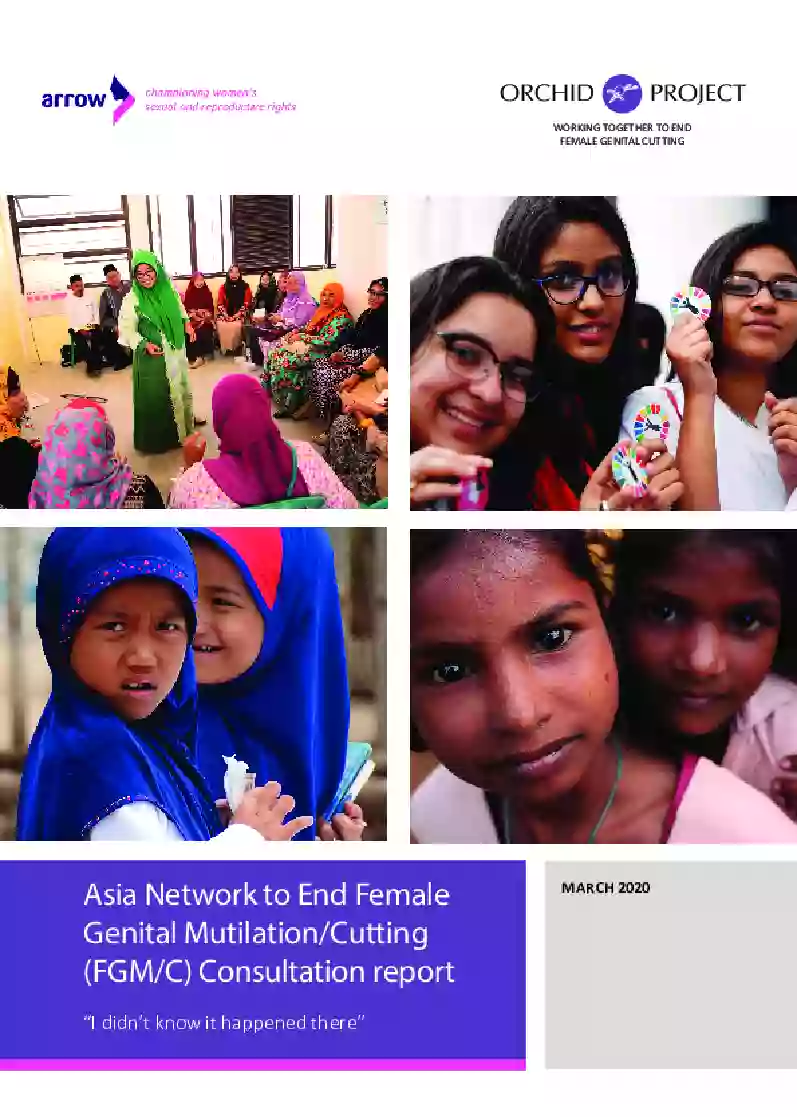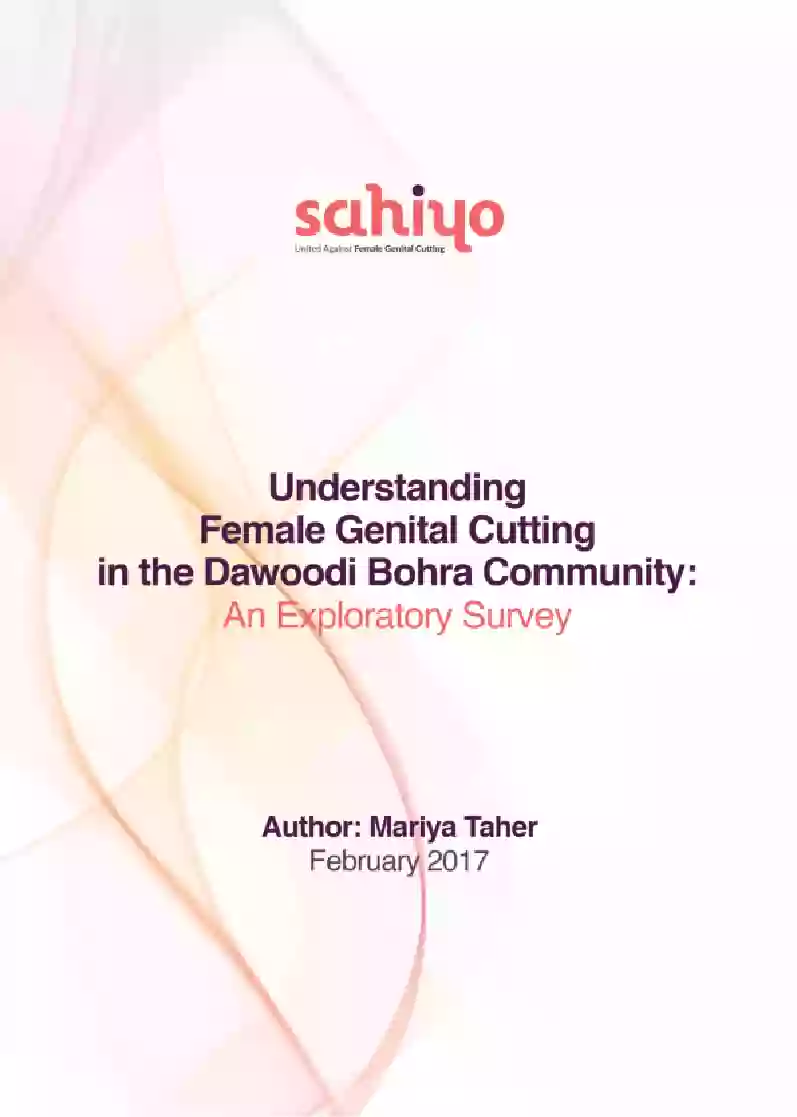Home | Research & Resources | Sri Lanka
Key Findings
The Dawoodi Bohra call FGC khatna; other Muslim groups call it sunna/sunnat.
Small-scale surveys indicate that FGC is practised in some Muslim communities in Sri Lanka. Muslims make up 9.8% (approximately two million) of the country’s population.
Muslim communities include the Moor, Malay and Dawoodi Bohra. Dawoodi Bohras, especially, are known to practise FGM/C.
Surveys conducted by NGOs among the Dawoodi Bohra in India indicate the prevalence of FGC to be 75–85%.
Place
The practice is spread across the country, wherever there are Muslim communities, especially Moors, Malays and Dawoodi Bohras
Age
Moor and Malay girls are usually cut 15 or 40 days after birth; Dawoodi Bohra girls appear to be cut between the ages of six and eight
Type
The most-commonly practised forms appear to be Type 1 and Type 4
Agent
Cutting is usually carried out by traditional practitioners, called Osthi Mamis, or by medical professionals among the Dawoodi Bohra
Distribution of FGM/C across Sri Lanka
In the absence of official national datasets, there are only anecdotes as to the prevalence of FGC in some Muslim communities, including the Moor and Malay communities. The practice seems to be spread across the country, wherever there are Muslim communities, especially Moors, Malays and Dawoodi Bohras. However, not all Muslim groups in Sri Lanka practise FGC or see it as a requirement of Islam. Sri Lankan Moors make up more than 90% of the Muslim population and 9.2% of the total population of the country. Malays comprise about 6% of the Muslim population. The majority of Dawoodi Bohras live in India, but in Sri Lanka there are about 2,500, mostly residing in Colombo.
FGM/C Legislation in Sri Lanka
Currently, there is no law specifically criminalising FGC in Sri Lanka.
In 2008, a fatwa was issued by the All Ceylon Jamiyathul Ulema, stating that FGC was mandatory.
A circular was issued by the Ministry of Health in 2018, which prohibited medical practitioners from carrying out FGC.
Development Indicators
Population Growth
21,808,695 (as at 26 January 2024) with a 0.5% growth rate (2024 est.)
Infant Mortality
6.8 deaths per 1,000 live births (2024 est.)
Maternal Mortality
29 deaths per 100,000 live births (2020 est.)
SDG Gender Index
86 out of 144 countries in 2022



.webp)
_cover.webp)

